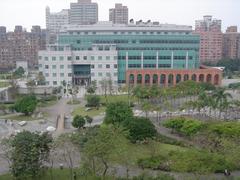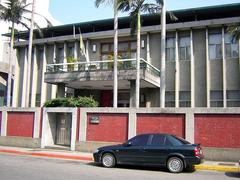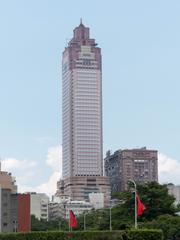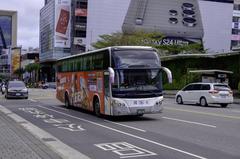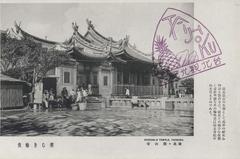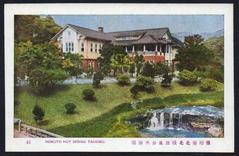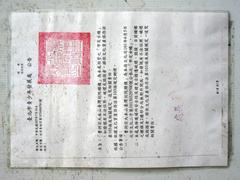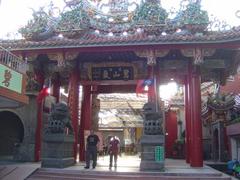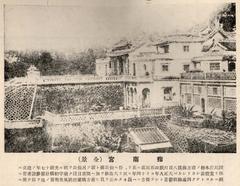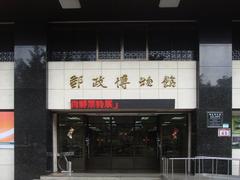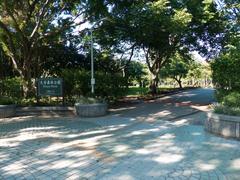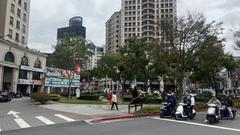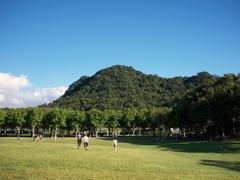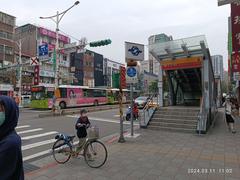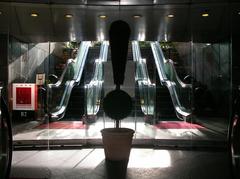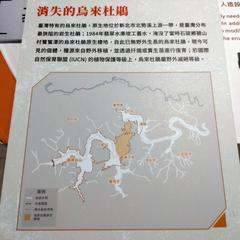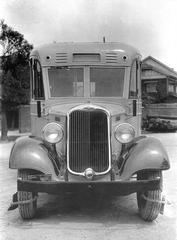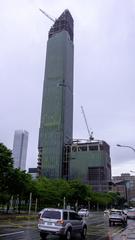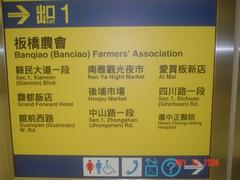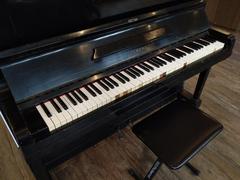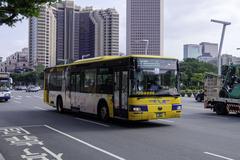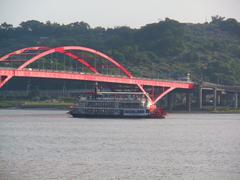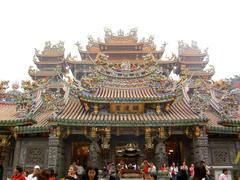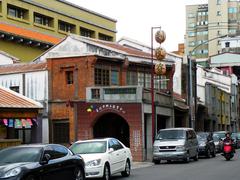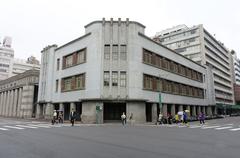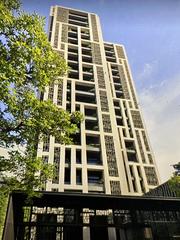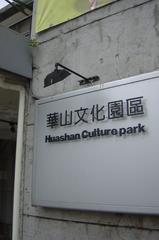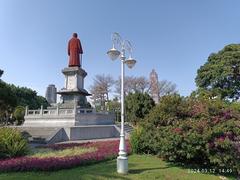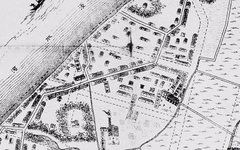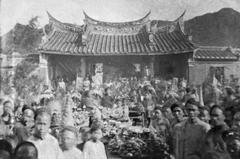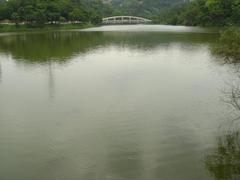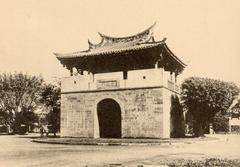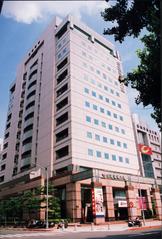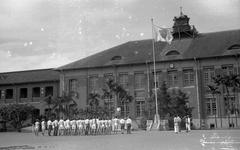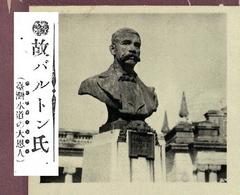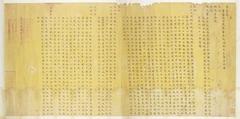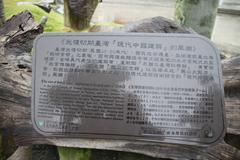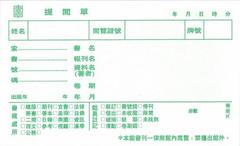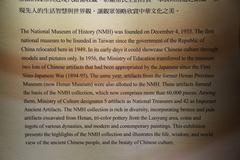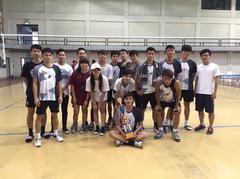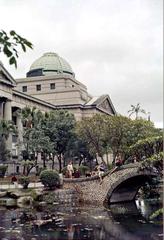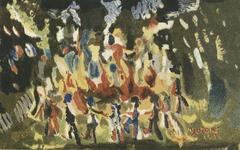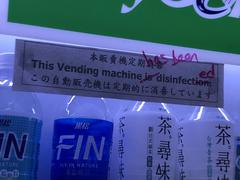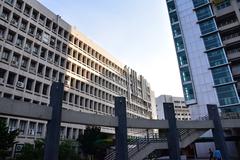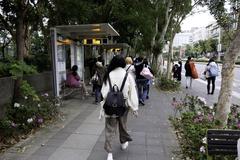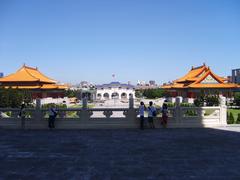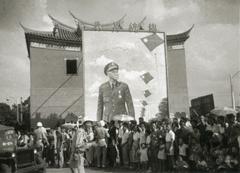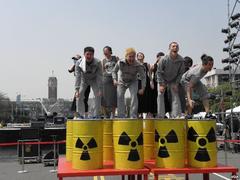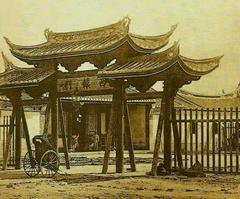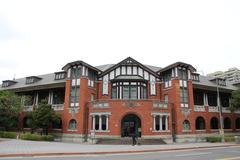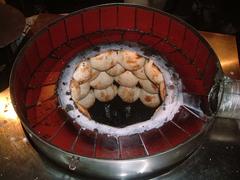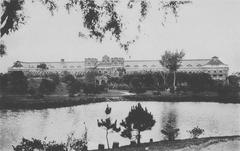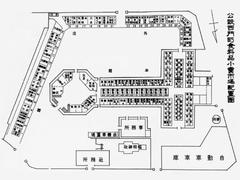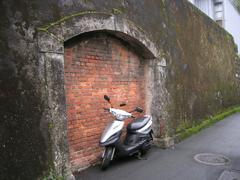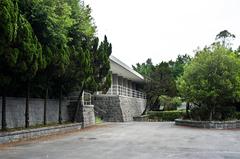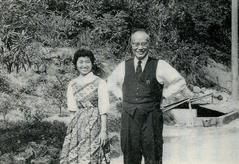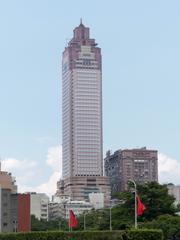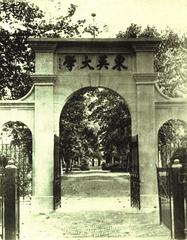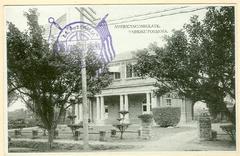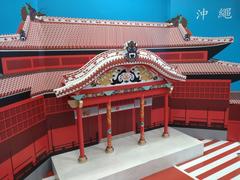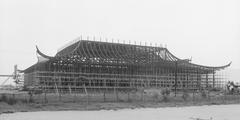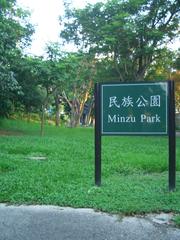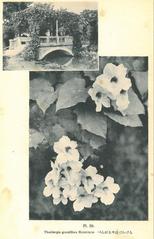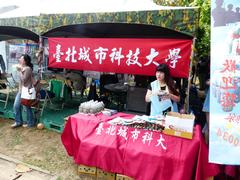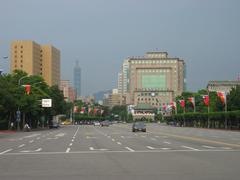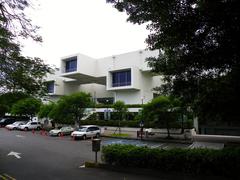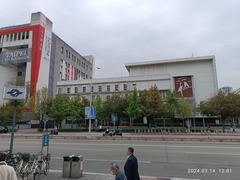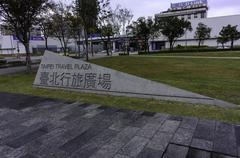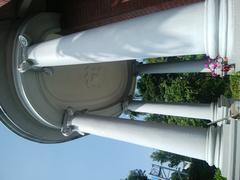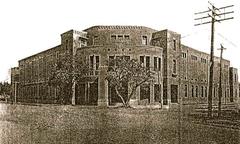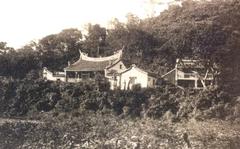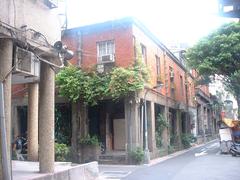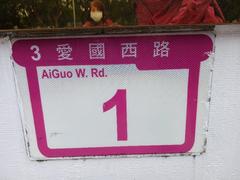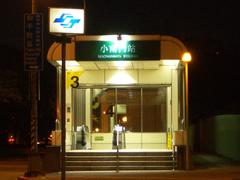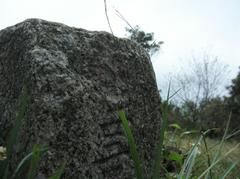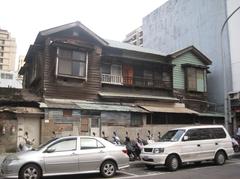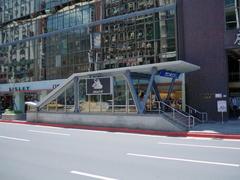Bai Chongxi Cemetery: Visiting Hours, Tickets, and Travel Guide to a Taipei Historical Site
Date: 14/06/2025
Introduction
Bai Chongxi Cemetery, nestled in the Liuzhangli area of Taipei, is a poignant historical monument and the final resting place of General Bai Chongxi (1893–1966)—a prominent Hui Muslim military leader and pivotal figure in 20th-century Chinese and Taiwanese history. As both a memorial and a site of cultural heritage, the cemetery offers visitors a unique intersection of military history, political exile, religious diversity, and serene natural beauty. This comprehensive guide provides essential information on visiting hours, admission, accessibility, transportation, etiquette, and nearby attractions, ensuring a respectful and insightful exploration of one of Taipei’s most meaningful historical sites.
For those interested in deeper historical context, refer to Wikiwand’s Bai Chongxi biography, the Taipei Muslim Cemetery Wikipedia page, and detailed military profiles on WW2DB.
Table of Contents
- Introduction
- Historical Overview: General Bai Chongxi
- Visiting Information
- Nearby Taipei Attractions
- Facilities and Practical Tips
- FAQs
- Visual and Media Resources
- Further Reading and References
- Summary and Final Recommendations
Historical Overview: General Bai Chongxi
Life and Military Legacy
General Bai Chongxi (白崇禧) was born in Guilin, Guangxi Province, to a Hui Muslim family with roots tracing back to Persian merchants. His early education and revolutionary fervor propelled him into the Xinhai Revolution of 1911, after which he quickly became a key military and political figure in China’s turbulent early 20th century. Bai’s career spanned essential events, including the Northern Expedition, the Second Sino-Japanese War, and the Chinese Civil War. He was renowned for his military strategy and was a leading figure within the National Revolutionary Army and the Kuomintang (KMT).
Bai’s relationships with other power brokers—most notably Chiang Kai-shek—were complex, marked by both alliances and rivalries. His advocacy for Hui-Han tolerance and reform, as well as his pragmatic military leadership, made him a respected and sometimes controversial figure. After the Nationalist retreat to Taiwan in 1949, Bai remained influential but was marginalized politically until his death in 1966 (WW2DB; military-history.fandom.com).
Exile, Death, and Legacy
Bai Chongxi’s burial in the Taipei Muslim Cemetery reflects both his personal faith and the broader narrative of Chinese Muslim contributions to Chinese and Taiwanese history. His tomb, facing mainland China, stands as a powerful symbol of exile, longing, and the unresolved legacies of the Chinese Civil War. The cemetery also memorializes victims of Taiwan’s White Terror period, further deepening its historical resonance (ThinkChina).
Visiting Information
Location and Access
- Address: Liuzhangli Public Cemetery, Da’an District, Taipei City (六張犁公墓, 大安區, 台北市)
- Nearest MRT Stations: Liuzhangli Station (Brown Line, Wenhu Line) and Linguang Station (Brown Line)
- Access: From either MRT station, the cemetery is a short walk or taxi ride away. Several city buses also serve the area (Wikipedia).
Visiting Hours
- Daily: 8:00 AM – 5:00 PM (occasionally listed as 7:00 AM – 5:00 PM; check before your visit)
- Best Times: Early morning or late afternoon for cooler weather and optimal lighting.
Tickets and Admission
- Admission: Free
- Tickets: Not required; no reservations necessary
Accessibility
- Paths: Paved but include some steep and uneven sections
- Wheelchair Access: Partial—some areas are accessible, but assistance is recommended for visitors with mobility challenges
- Facilities: No on-site restrooms or visitor centers; use nearby MRT facilities
Etiquette and Visitor Tips
- Dress Modestly: Respectful attire is recommended, covering shoulders and knees.
- Maintain Silence: Speak quietly; avoid loud conversations or music.
- Photography: Permitted, but avoid photographing families or rituals without permission.
- No Littering: Use designated bins; leave no trace.
- Respect Rituals: Do not disturb individuals performing prayers or ceremonies.
Guided Tours and Special Events
- Guided Tours: No permanent on-site guides, but the cemetery is occasionally included in local historical and cultural tours. Check with the Taipei Visitor Information Center for current options.
- Special Events: Annual memorial ceremonies, especially on Bai Chongxi’s birthday or death anniversary, as well as events commemorating White Terror victims.
Photographic Opportunities
- Highlights: Bai Chongxi’s tomb, panoramic city views (including Taipei 101), traditional Islamic architectural elements, and tranquil natural settings.
- Best Lighting: Morning and late afternoon.
Facilities and Practical Tips
- Restrooms: Not available on-site; use nearby MRT stations or convenience stores.
- Shops and Food: None at the cemetery; Shilin Night Market and Xinyi Commercial Zone are nearby for meals and refreshments.
- Visitor Information: English language support is available at major MRT stations and at the Taipei Visitor Information Center.
What to Bring:
- Refillable water bottle
- Cash (for taxis or purchases at nearby markets)
- Sun and rain protection (hat, sunscreen, umbrella)
- Comfortable walking shoes
- The cemetery’s name in Chinese (白崇禧墓, 六張犁公墓) for navigation
Nearby Taipei Attractions
Combine your visit to Bai Chongxi Cemetery with these notable sites:
- National Revolutionary Martyrs’ Shrine: Honors fallen military heroes.
- Chiang Kai-shek Memorial Hall: Landmark monument to a key historical figure.
- Taipei 101: Iconic skyscraper with panoramic city views.
- Taipei Grand Mosque: Center of Islamic worship and cultural activity.
- Daan Forest Park: Taipei’s largest green space for relaxation.
- Shilin Night Market: Famous for Taiwanese street food (near Jiantan Station).
- National Palace Museum: World-class collection of Chinese art.
Frequently Asked Questions (FAQs)
Q: What are the visiting hours for Bai Chongxi Cemetery?
A: Daily from 8:00 AM to 5:00 PM (sometimes 7:00 AM – 5:00 PM).
Q: Is there an entry fee?
A: No, admission is free.
Q: How do I get there by public transport?
A: Take the Taipei MRT Brown Line to Liuzhangli or Linguang Station, then walk or take a short taxi ride.
Q: Are there guided tours?
A: Occasionally, through local tour groups or historical societies.
Q: Is the cemetery accessible for those with disabilities?
A: Some paved paths are accessible; however, assistance is recommended due to uneven terrain.
Q: Are restrooms or shops available on-site?
A: No. Use nearby MRT station facilities or convenience stores.
Q: Is photography allowed?
A: Yes, but always be respectful and check for signage.
Visual and Media Resources
- For photographs and media: Bai Chongxi Cemetery media collection
- Virtual tours, maps, and historical images are available via Taipei Travel
Further Reading and References
- Wikiwand – Bai Chongxi
- WW2DB – Bai Chongxi Biography
- Wikipedia – Taipei Muslim Cemetery
- military-history.fandom.com – Bai Chongxi
- Hoover Institution – Bai Chongxi Papers
- ThinkChina: General Bai Chongxi’s Legacy
- Taipei Travel Official Website
Summary and Final Recommendations
Bai Chongxi Cemetery stands as a testament to the complex layers of Taiwan’s history—military, political, religious, and cultural. With free admission and convenient access via Taipei’s public transport, it is an ideal destination for history enthusiasts, cultural explorers, and those seeking a peaceful urban retreat. Visitors are encouraged to approach with respect and curiosity, honoring both Bai Chongxi’s legacy and Taiwan’s diverse heritage.
For current information, updates, and curated itineraries, download the Audiala app and follow Taipei cultural channels on social media. By exploring Bai Chongxi Cemetery, you engage with a vital narrative of loyalty, exile, and reconciliation, deepening your appreciation for Taiwan’s rich multicultural landscape.
